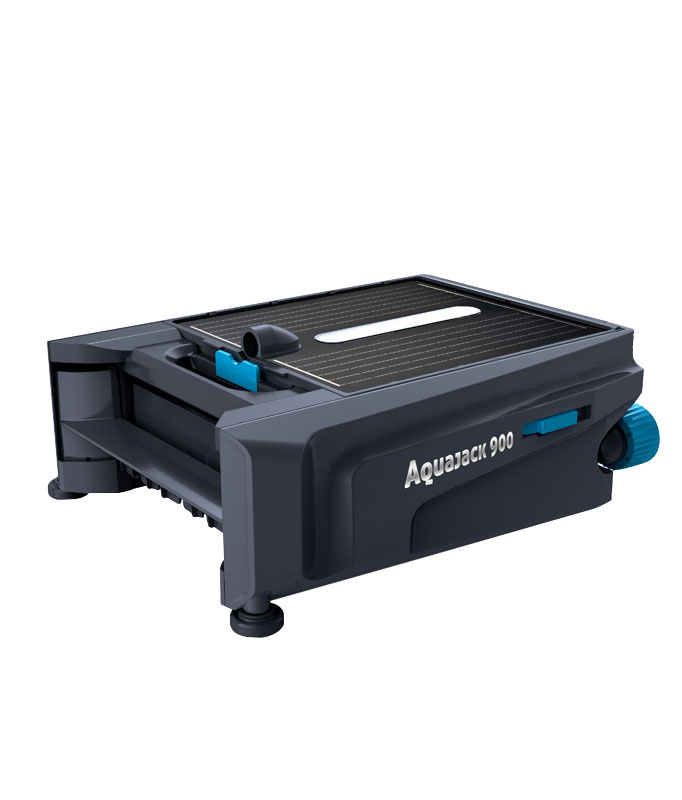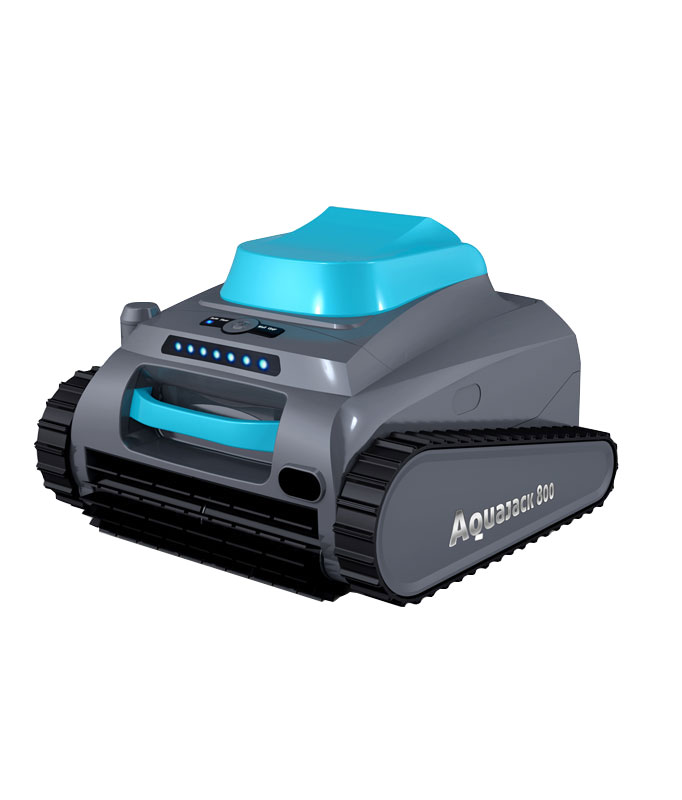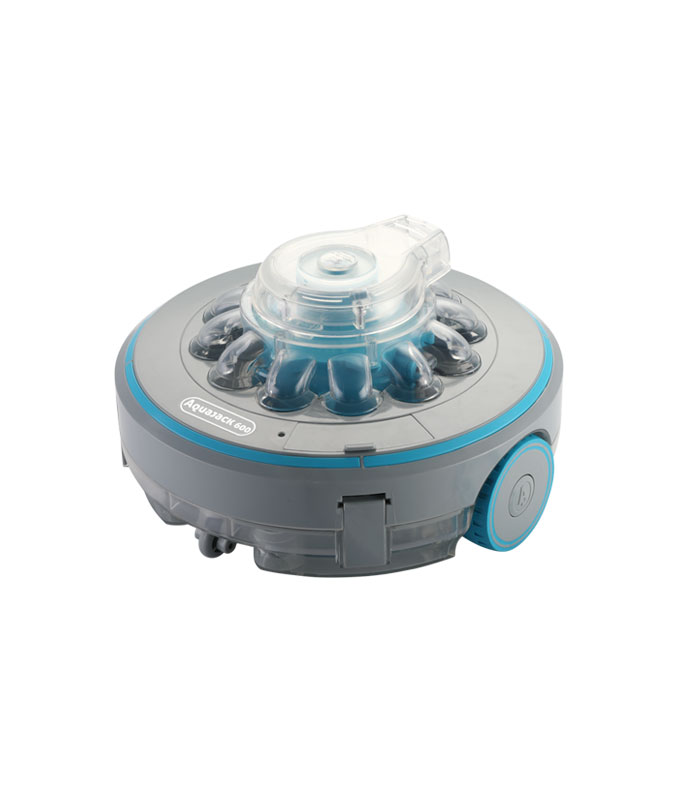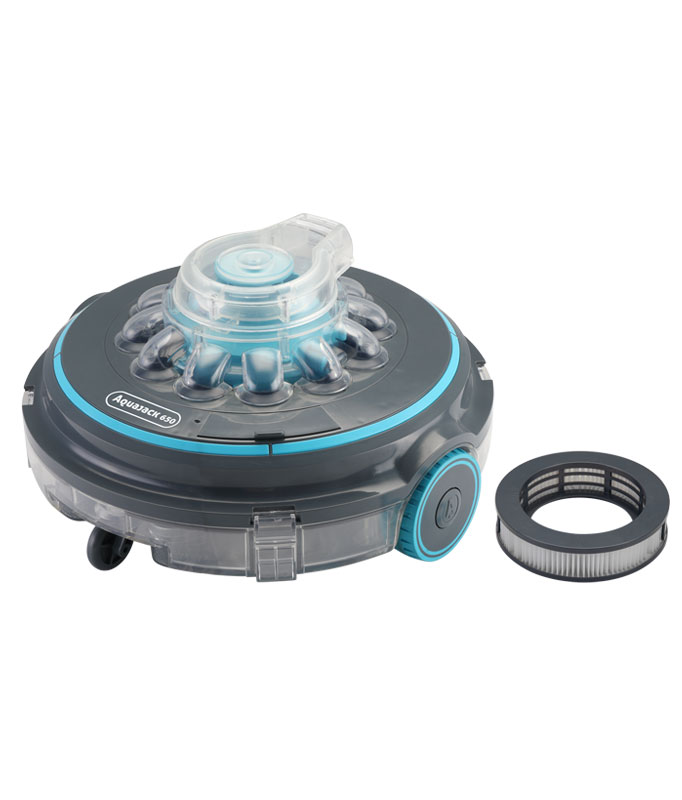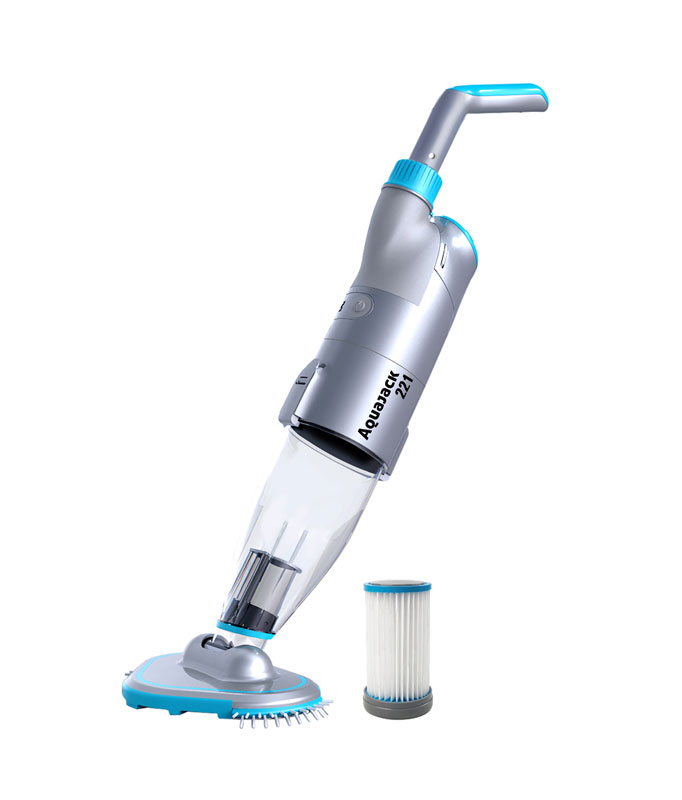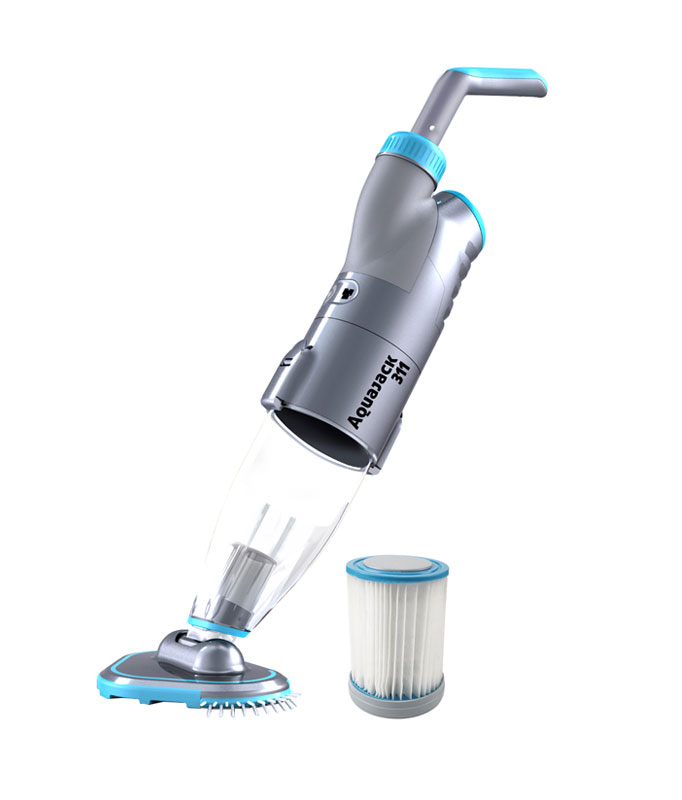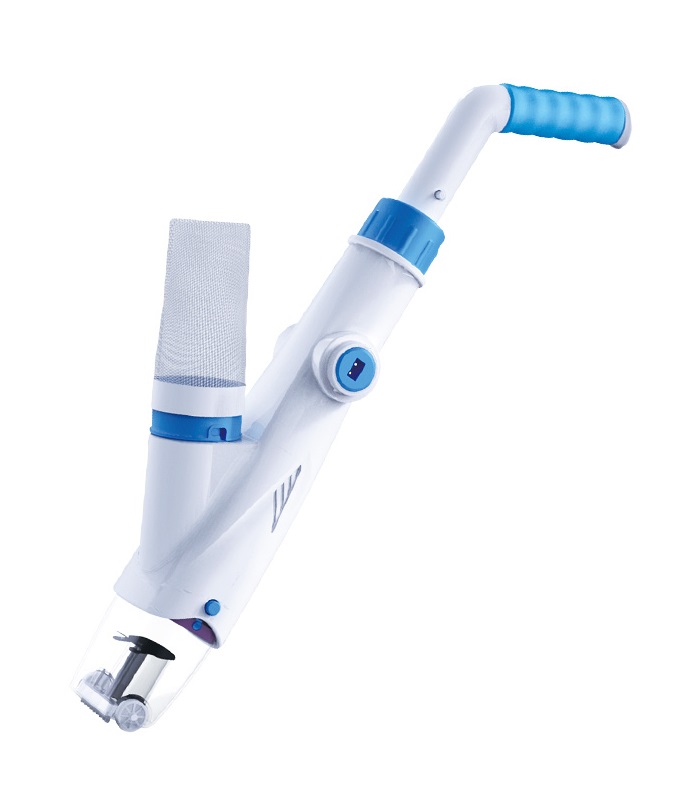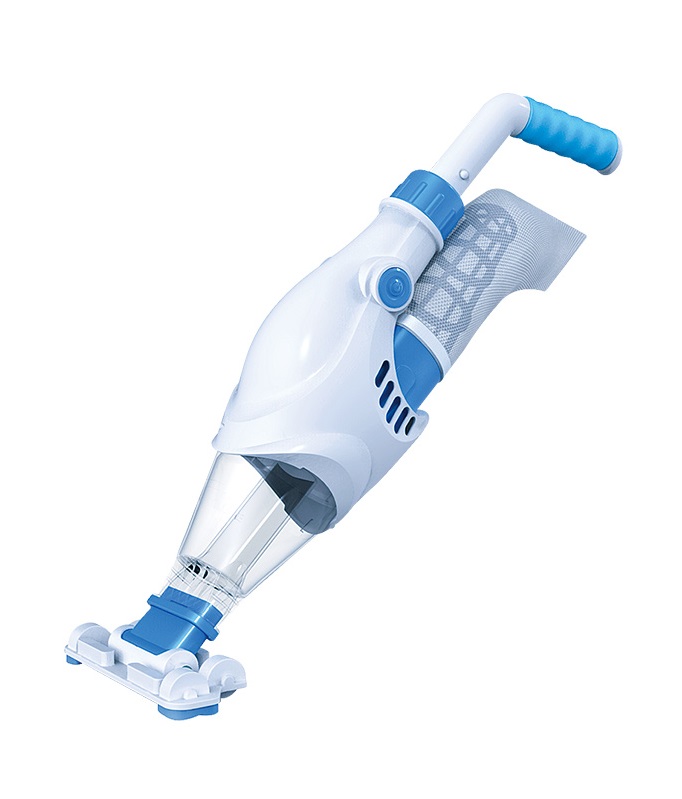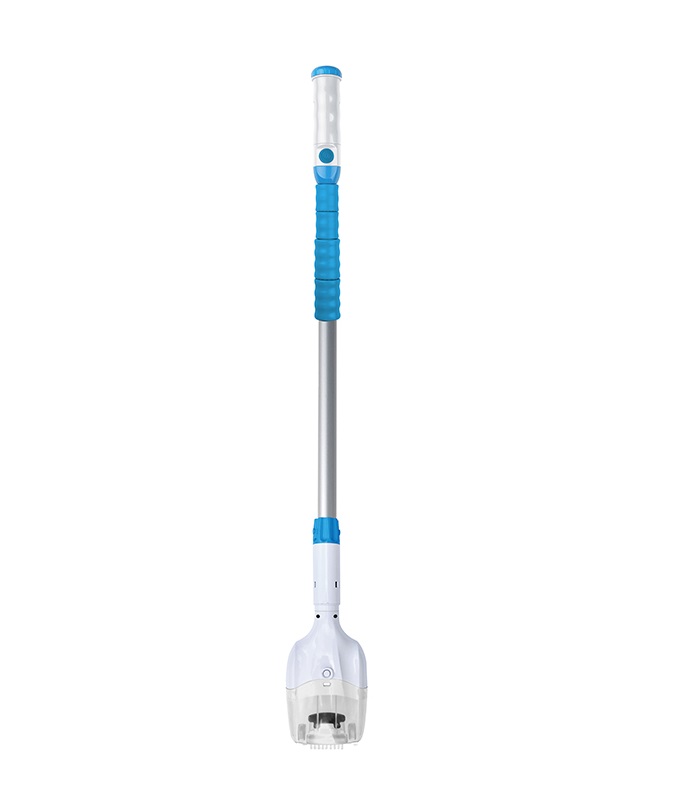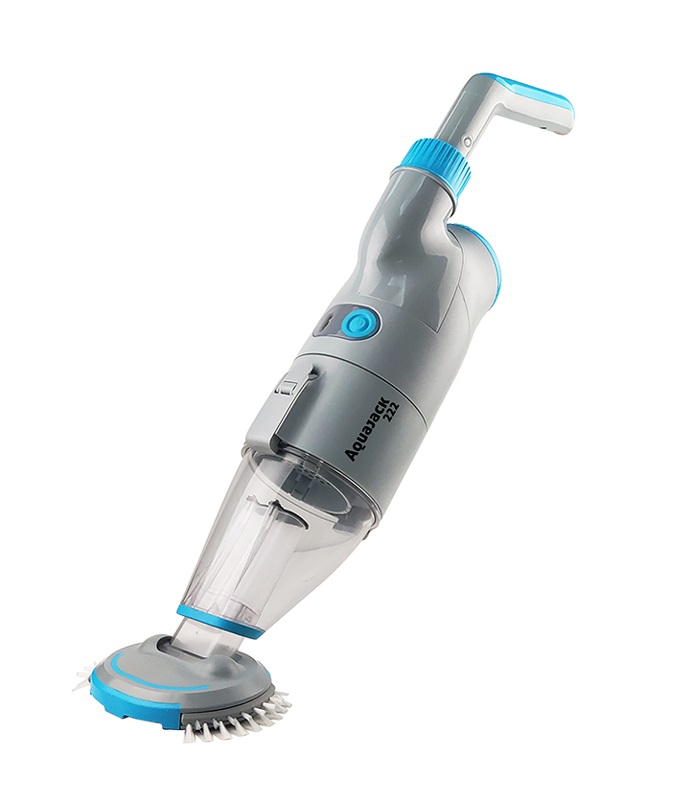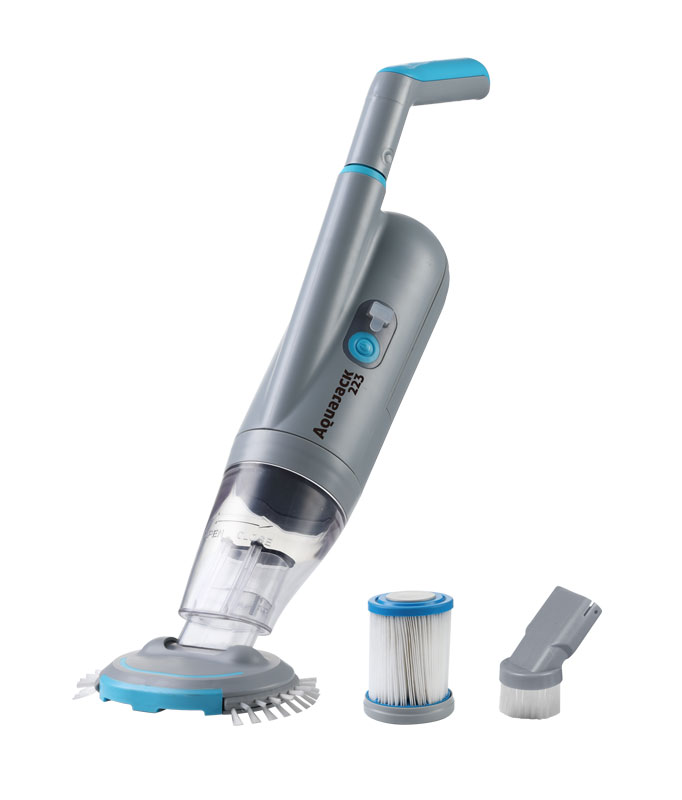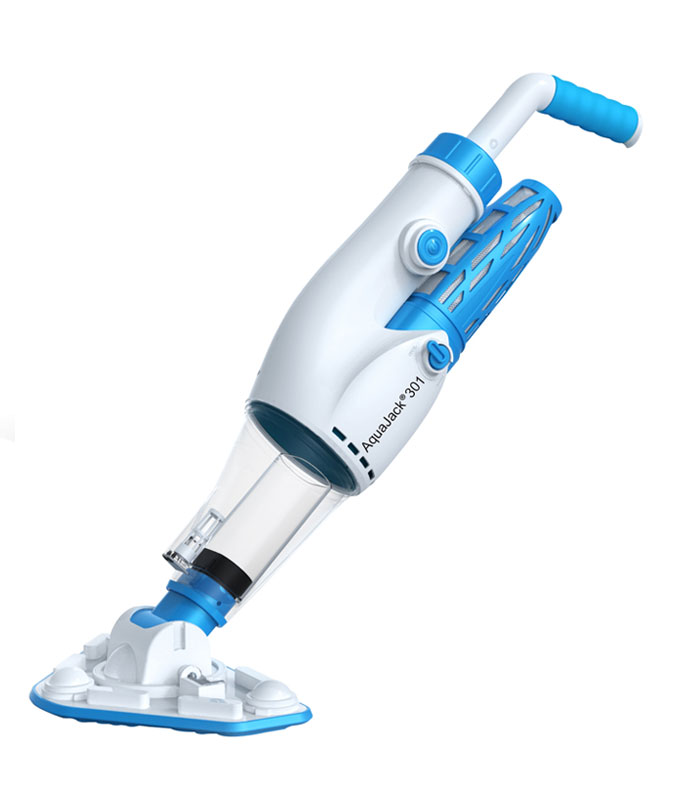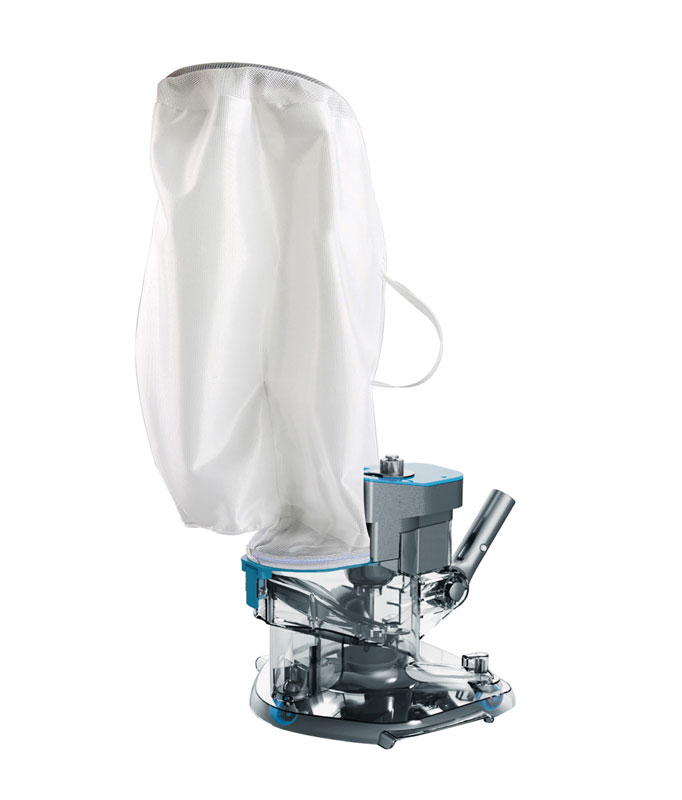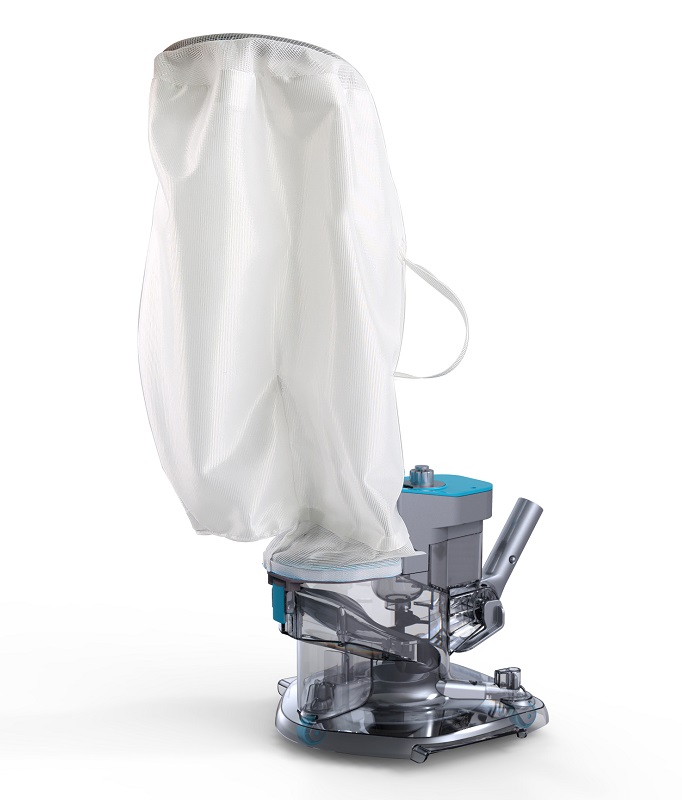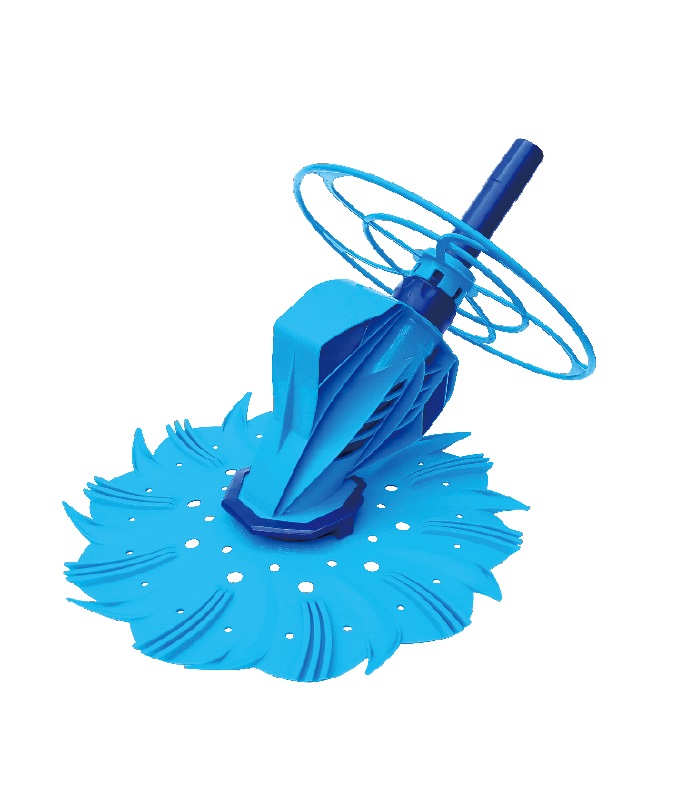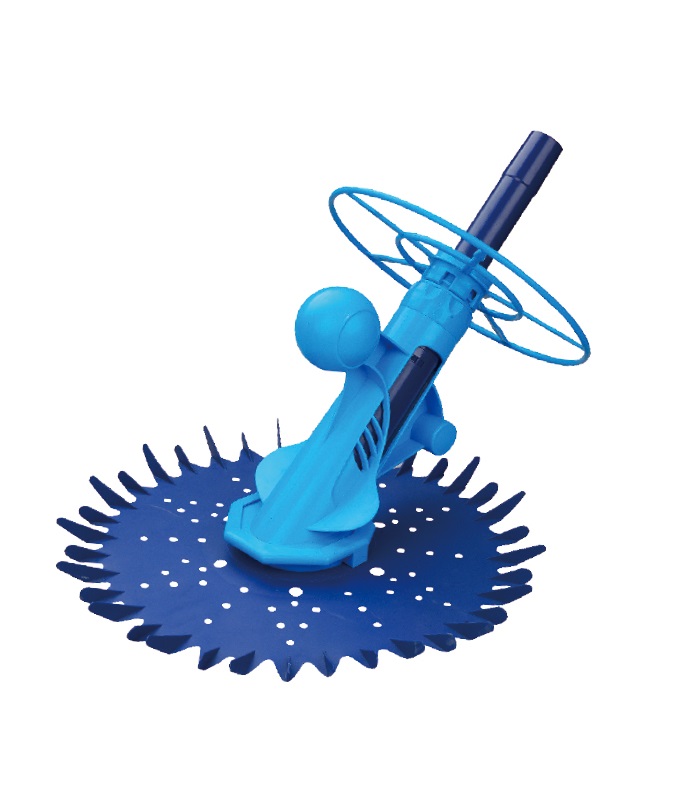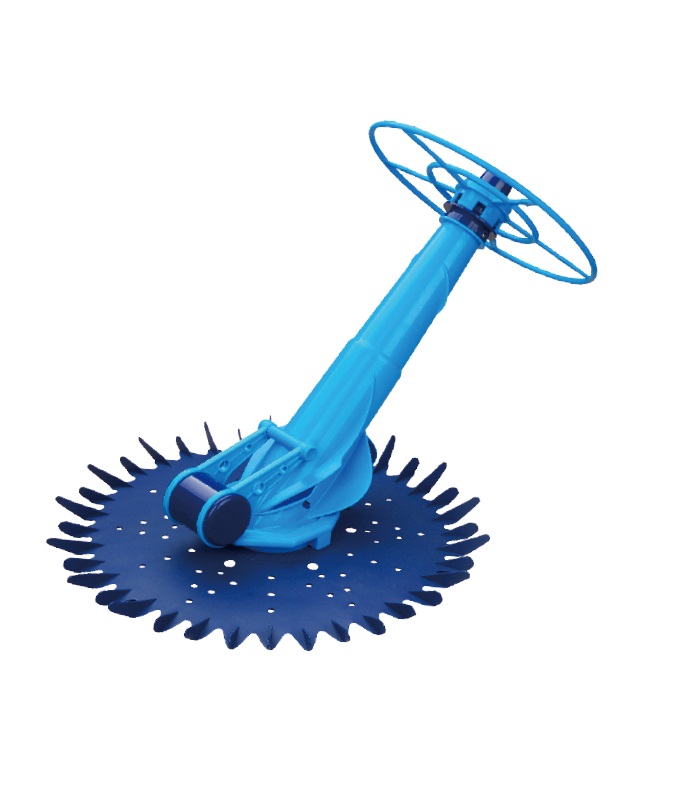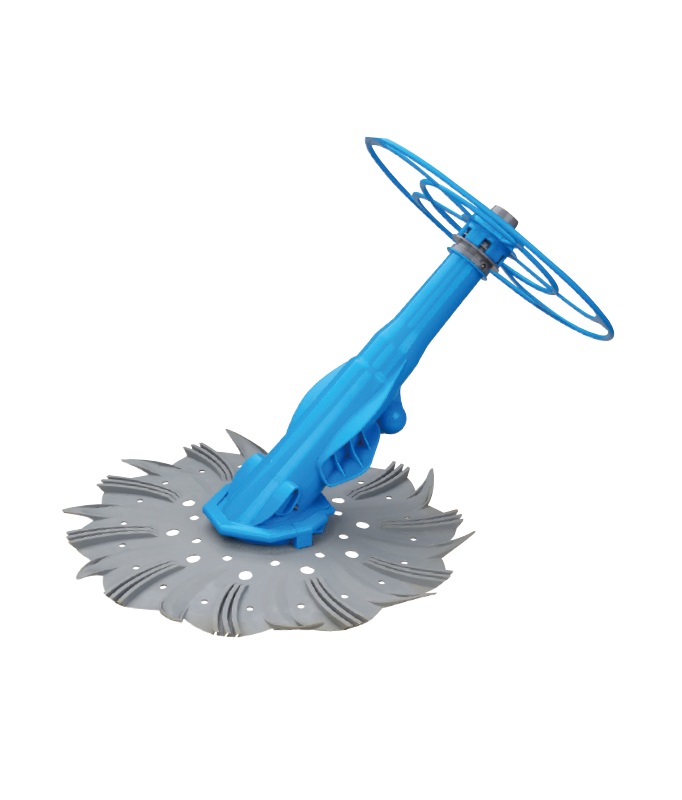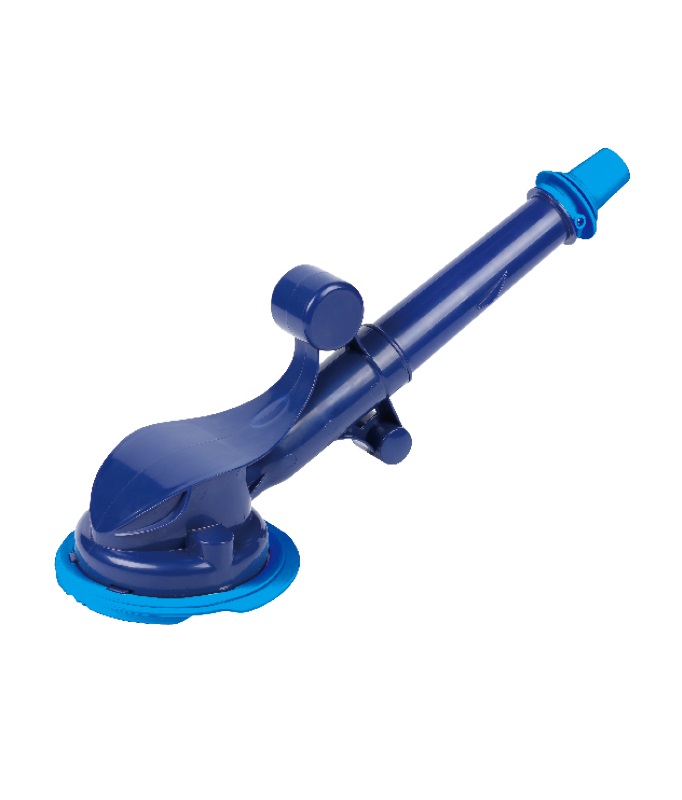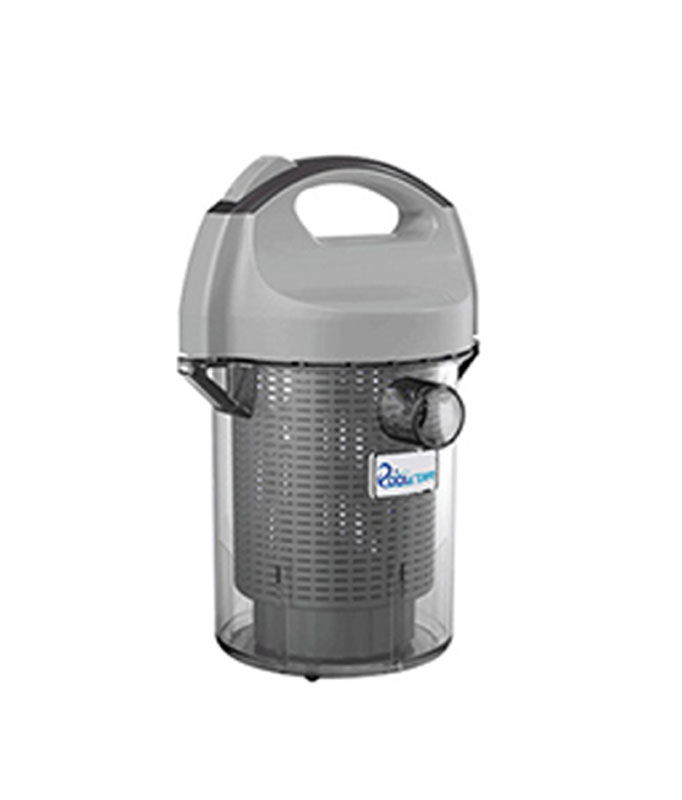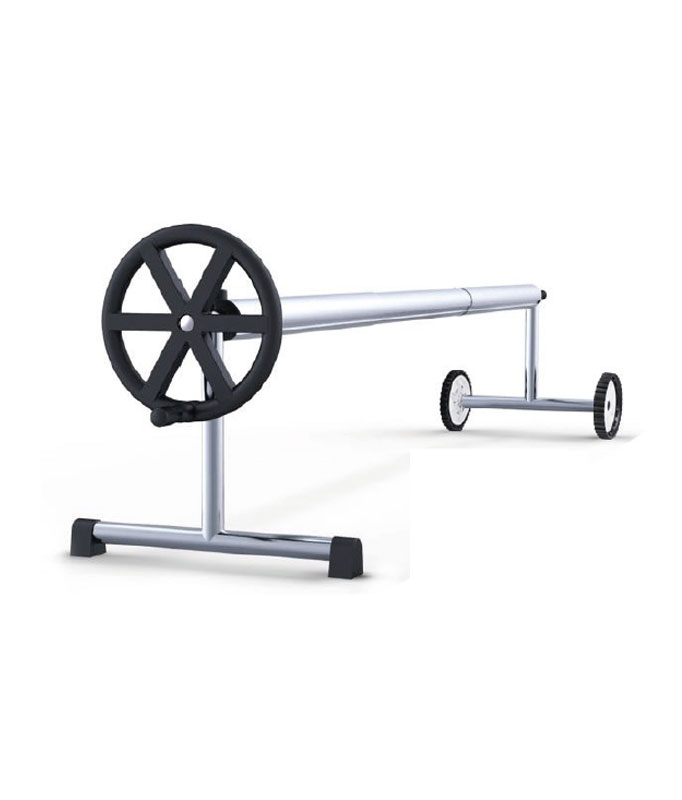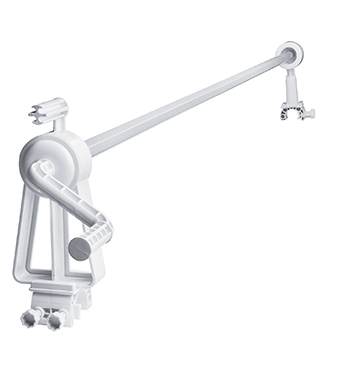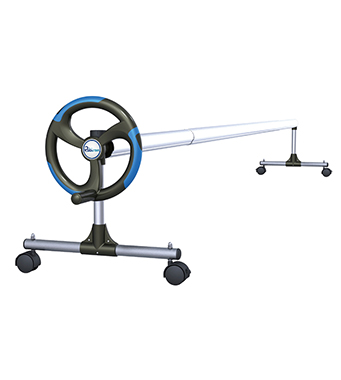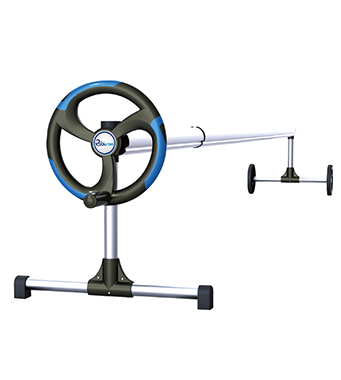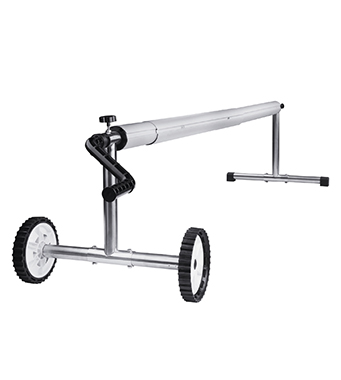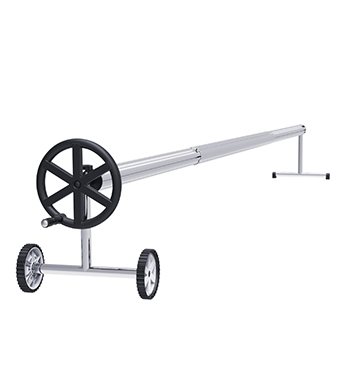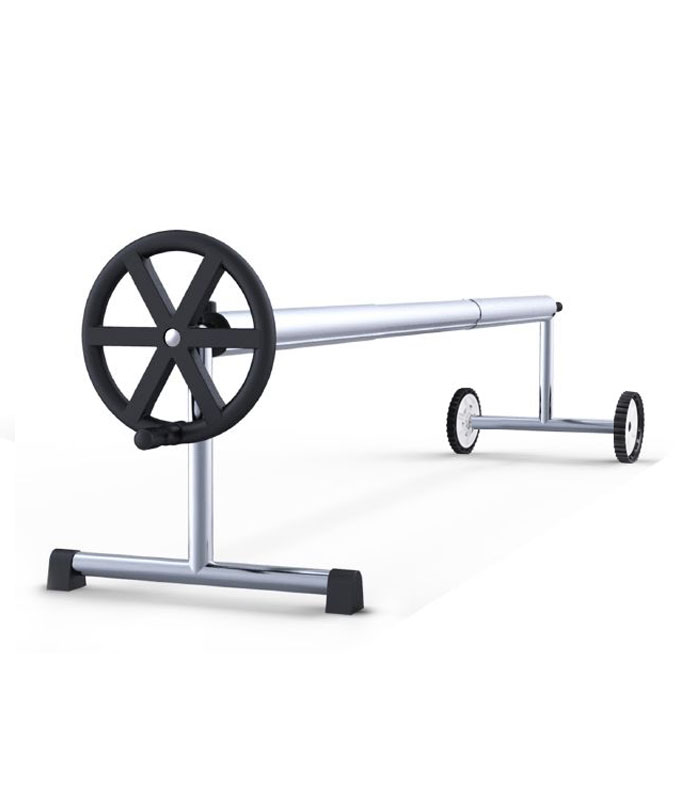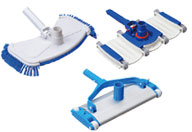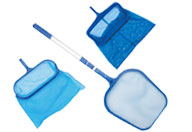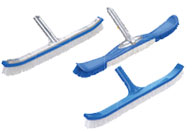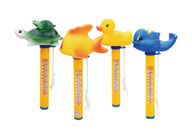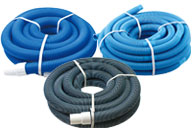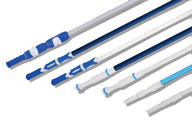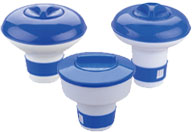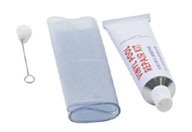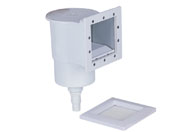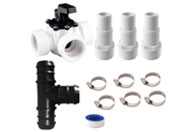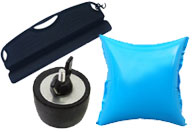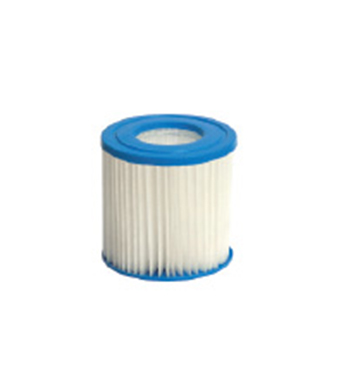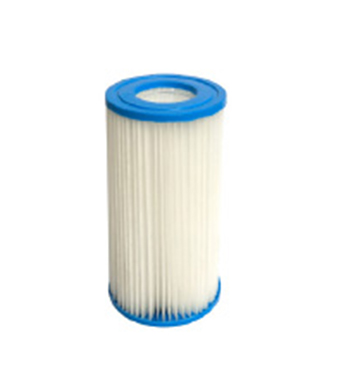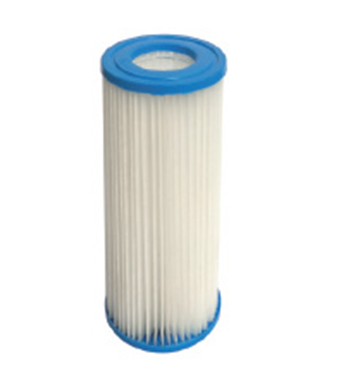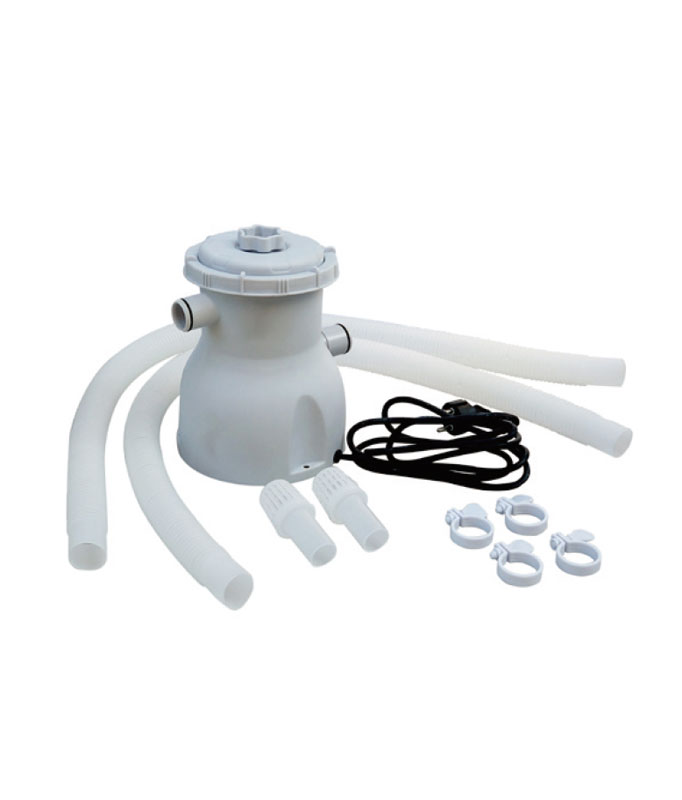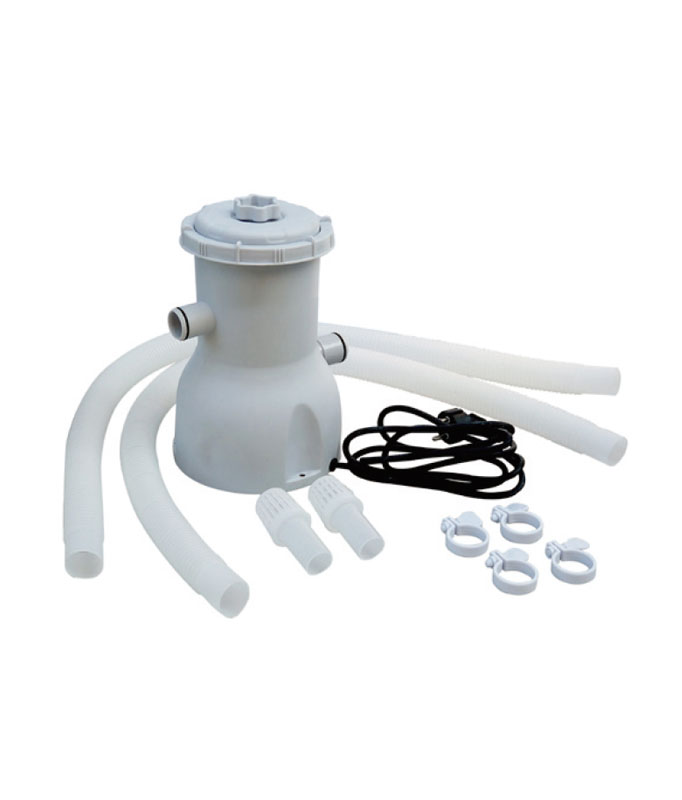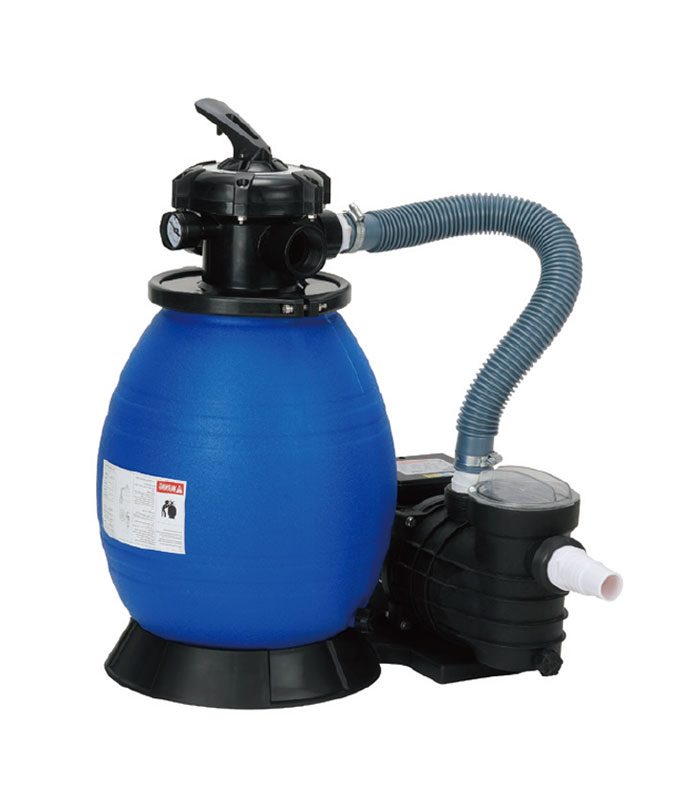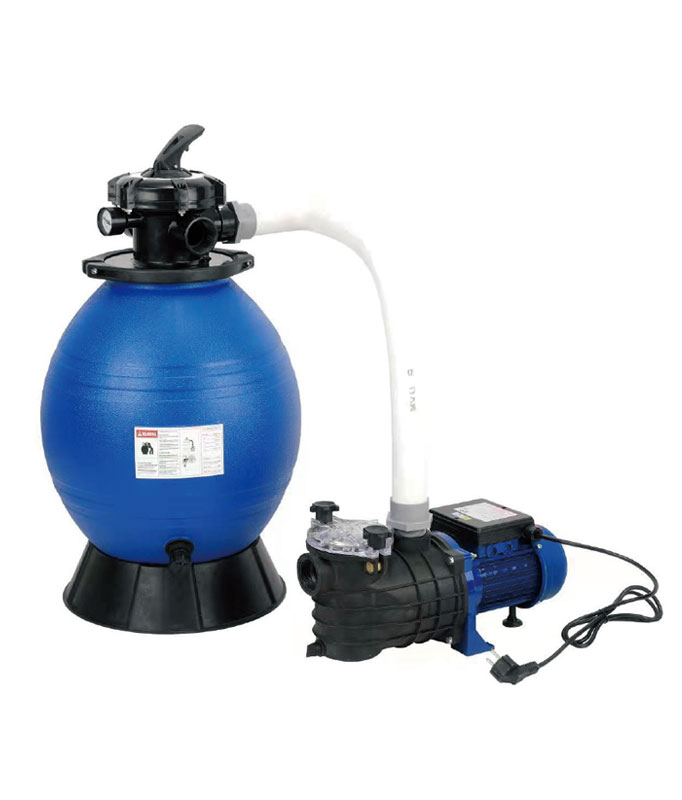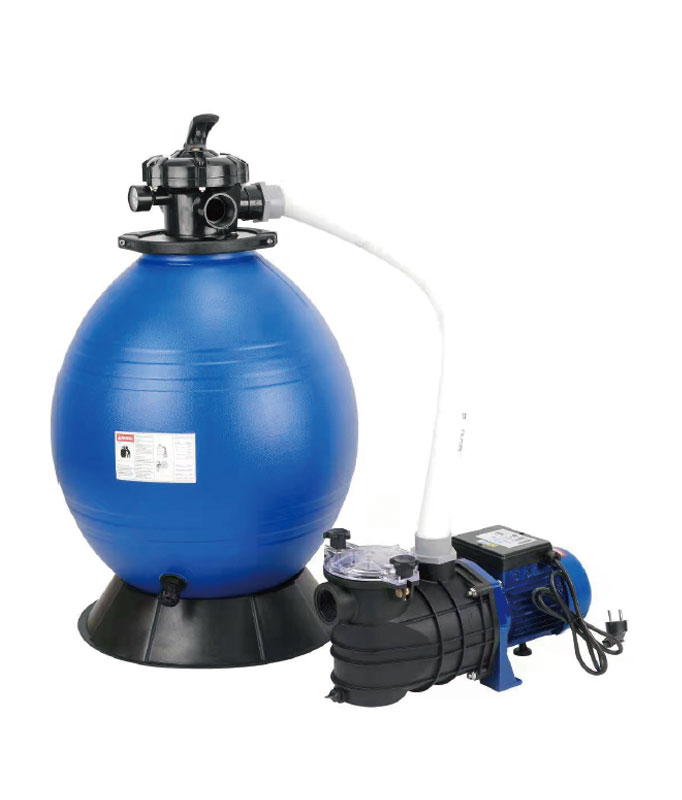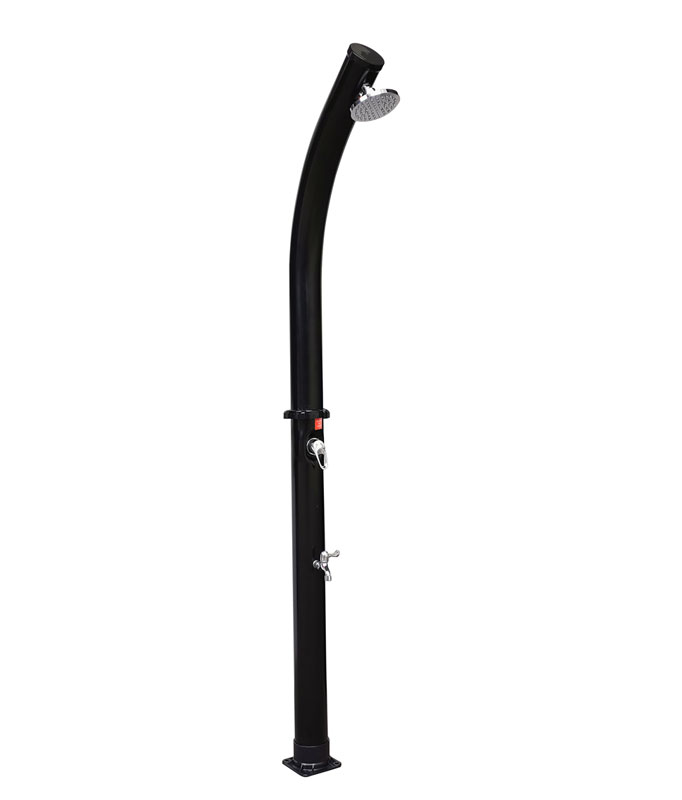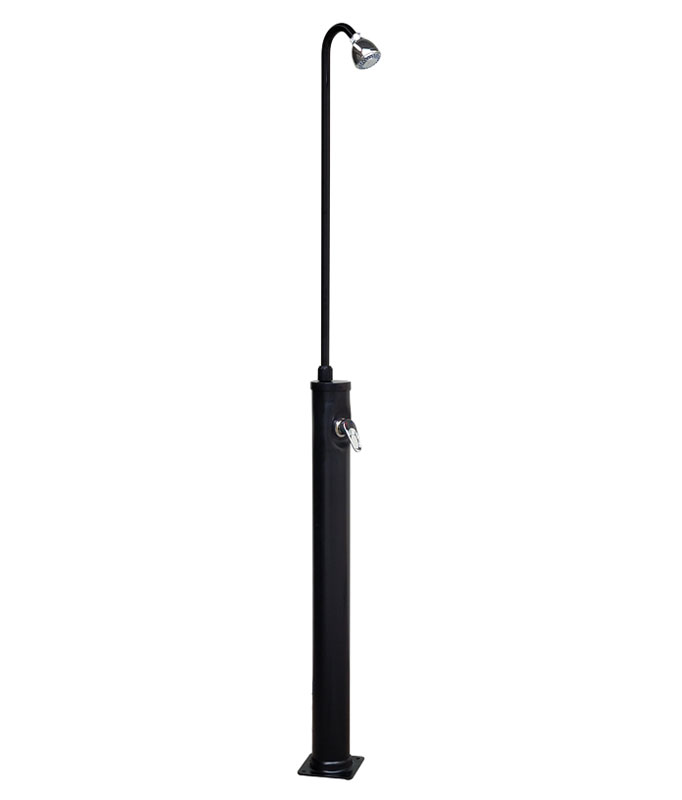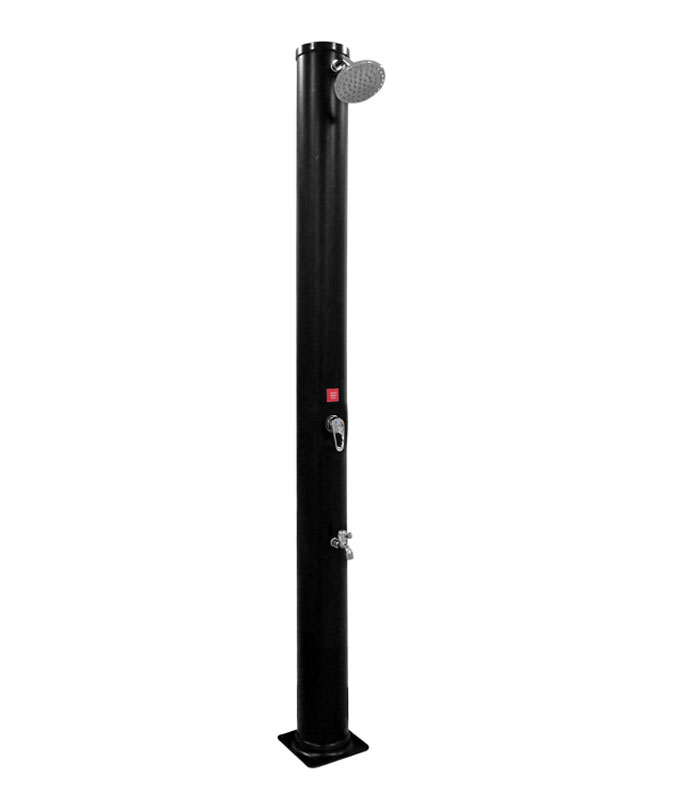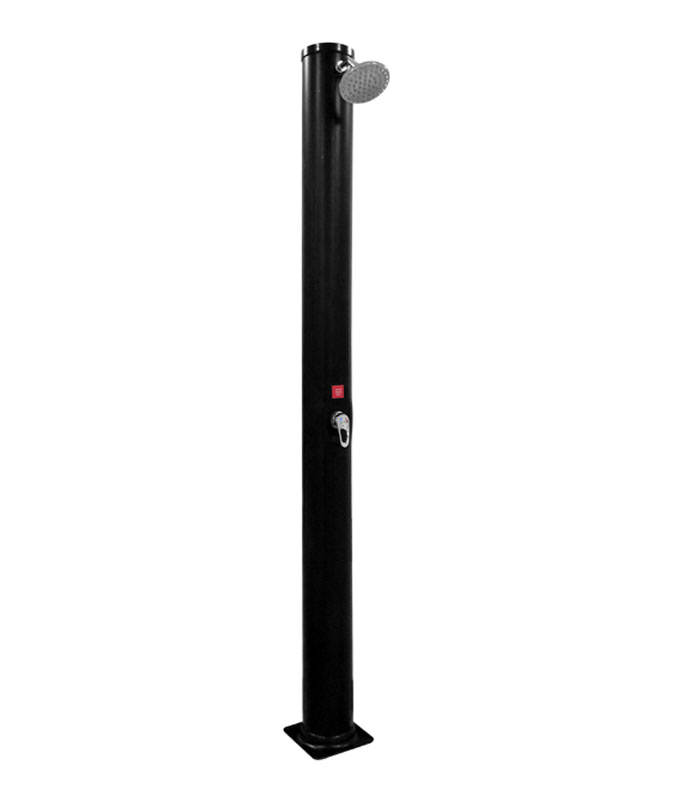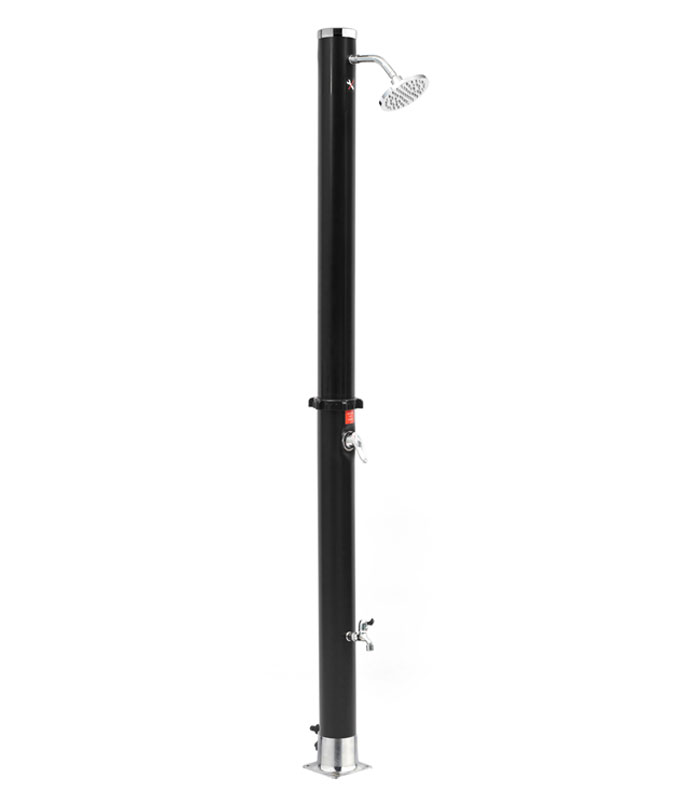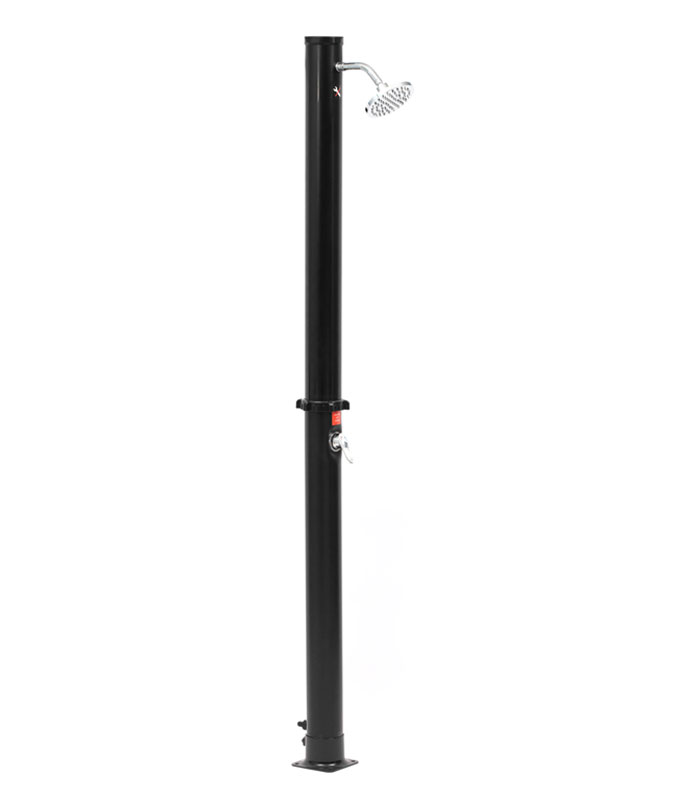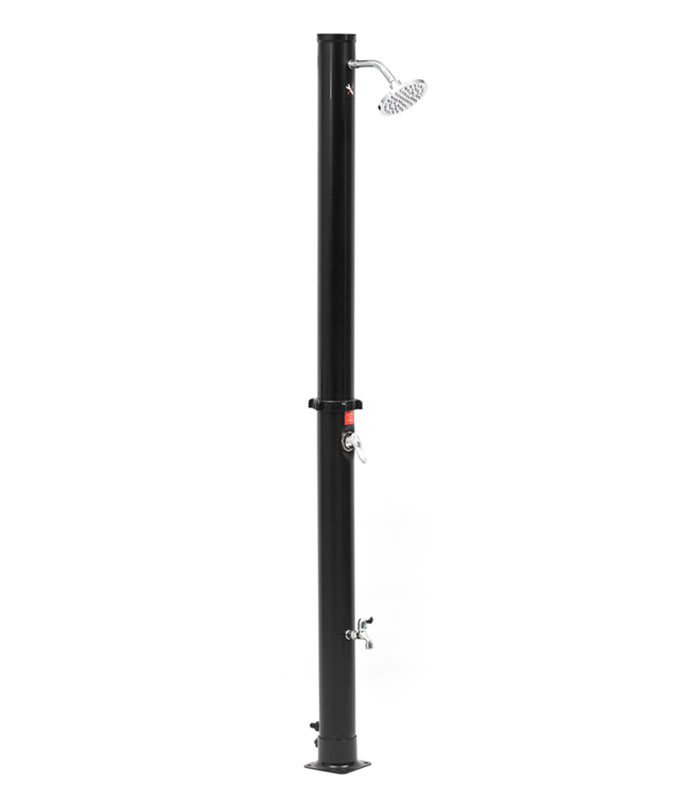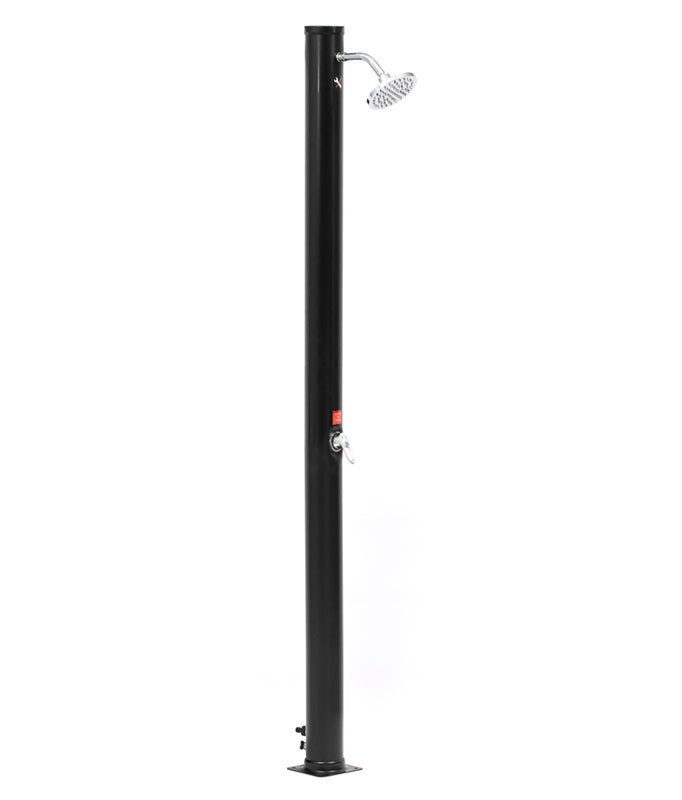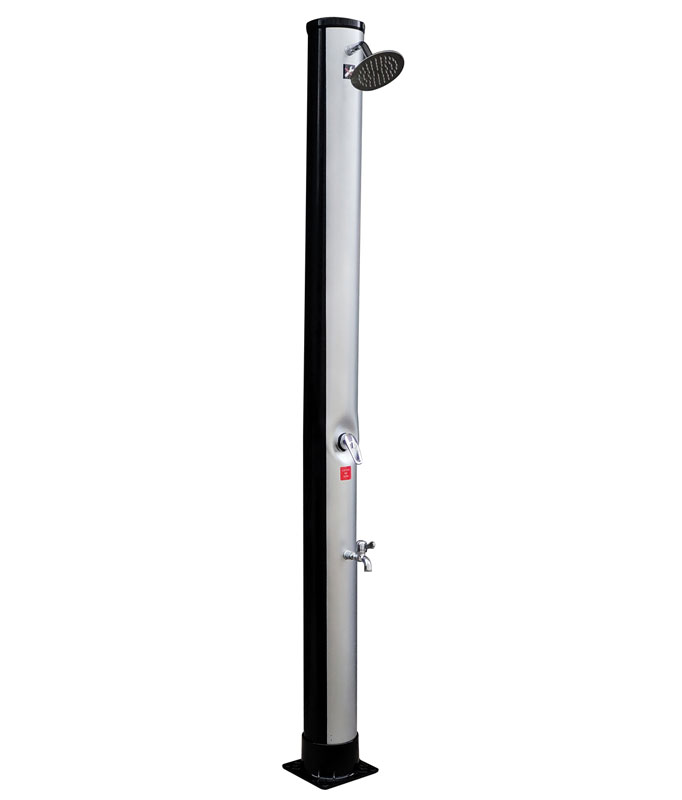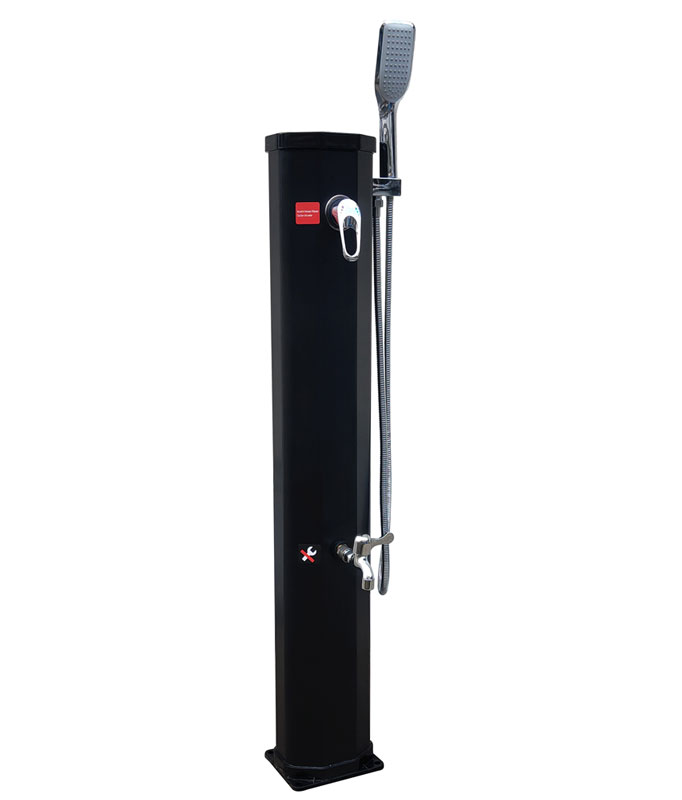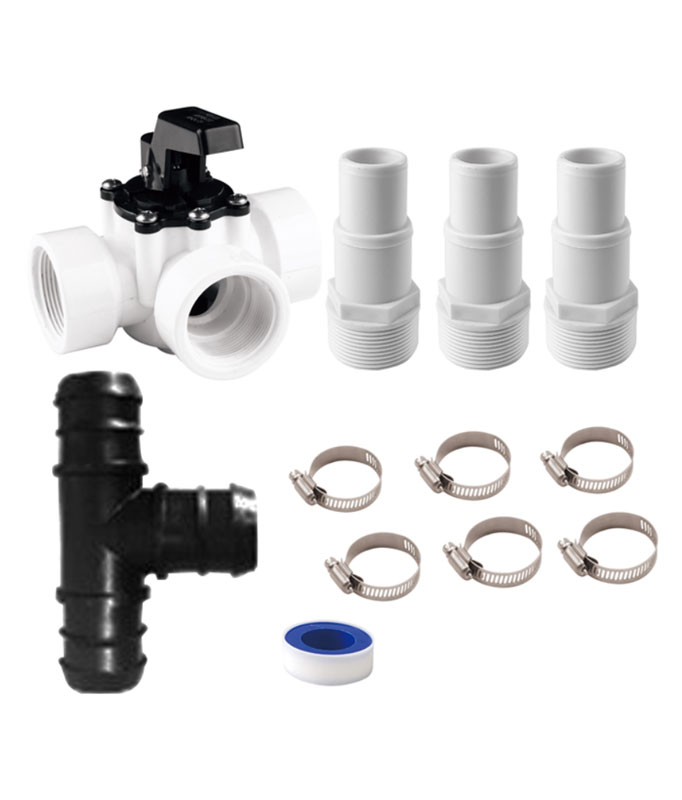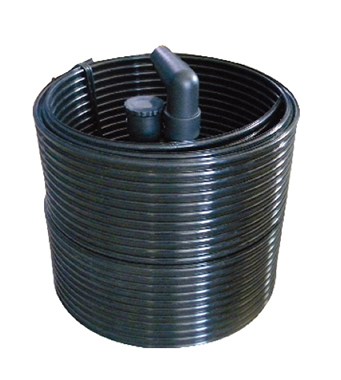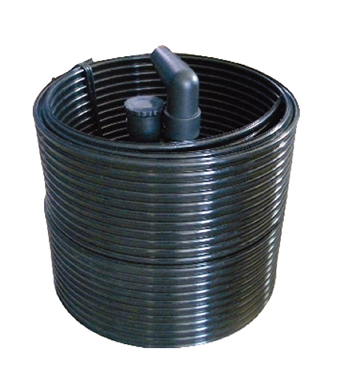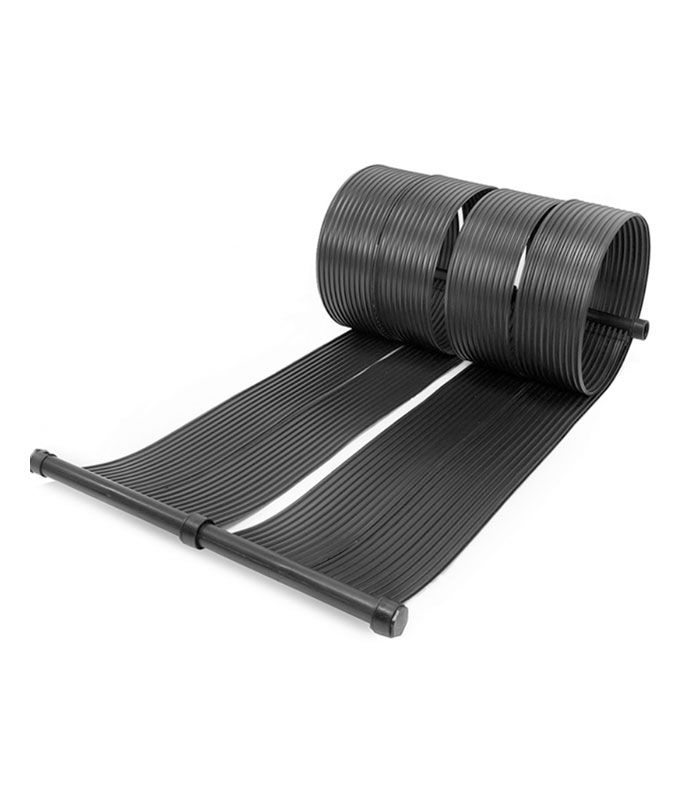Have you ever watched your robotic pool cleaner struggle to climb a wall, only to slide back down? It’s frustrating, isn’t it? You rely on these devices to handle swimming pool slope cleaning: verification of 45° climbing ability of robot swimming pool cleaners efficiently. The good news? Fixing these issues is easier than you think. With the right approach, your cleaner can get back to scaling walls and scrubbing every corner. If you’re considering an upgrade, check out the options like the Aquajack 800 at https://www.cnpoolstar.com/product/aquajack-800-cordless-robotic-pool-cleaner-440.html for advanced features and reliability.
Key Takeaways
- Clean the tracks, wheels, and brushes often. This stops dirt buildup and helps it climb better.
- Check and change old parts like tracks and brushes. This can make your cleaner work well again and last longer.
- Keep the filters clean for strong suction. Clean filters help the cleaner stick to walls and climb slopes easily.
Common Causes of Climbing Problems
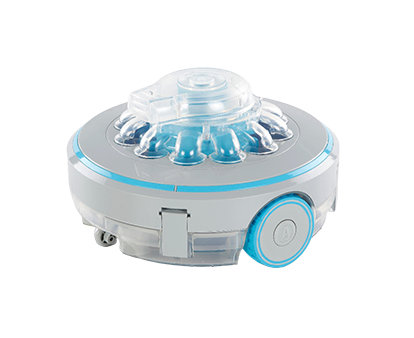
Robotic pool cleaners are amazing when they work properly, but climbing issues can leave you scratching your head. Let’s dive into the most common reasons why your cleaner might struggle to scale walls or slopes.
Debris Buildup in Tracks or Wheels
Debris like leaves, dirt, or algae can easily get stuck in the tracks or wheels of your robotic cleaner. When this happens, the cleaner loses traction and struggles to climb. You might notice it slipping or failing to grip the pool walls. Regularly checking and cleaning these parts can make a big difference. Think of it like cleaning your car tires—dirty wheels just don’t perform as well.
Tip: Use a soft brush or cloth to remove debris from the tracks and wheels. This simple step can restore your cleaner’s climbing ability in no time.
Worn-Out Tracks or Brushes
Over time, the tracks and brushes on your robotic cleaner wear out. When they lose their grip, climbing becomes a challenge. If your cleaner has been in use for a while, it’s worth inspecting these parts. Worn-out tracks might look smooth or cracked, while brushes may appear frayed or flattened.
Replacing these components is usually straightforward. Most manufacturers provide replacement parts, and swapping them out can breathe new life into your cleaner.
Insufficient Suction Power
Suction power plays a huge role in your cleaner’s ability to climb. If the suction is weak, the cleaner won’t stick to the walls properly. This issue often comes down to clogged filters or a dirty pump. Cleaning the filters regularly can help maintain strong suction.
Did you know? A robotic cleaner with good suction power can handle swimming pool slope cleaning: verification of 45° climbing ability of robot swimming pool cleaners with ease. Keeping the filters clean ensures your cleaner performs at its best.
Motor or Sensor Malfunctions
The motor and sensors are like the brain and muscles of your robotic cleaner. If either of these components malfunctions, climbing becomes impossible. For example, a faulty motor might not provide enough power, while a broken sensor could misjudge the angle of the pool wall.
If you suspect a motor or sensor issue, testing these parts is essential. Some cleaners have diagnostic modes to help you identify problems. If you’re unsure, consulting a professional can save you time and frustration.
Pool Surface Compatibility Issues
Not all robotic cleaners are designed for every pool surface. Some models work better on smooth tiles, while others excel on rougher surfaces like concrete. If your cleaner struggles to climb, it might not be compatible with your pool’s material.
Before purchasing a robotic cleaner, always check its specifications. Look for models that mention swimming pool slope cleaning: verification of 45° climbing ability of robot swimming pool cleaners. This ensures the cleaner is built to handle your pool’s unique features.
Step-by-Step Troubleshooting Techniques
When your robotic pool cleaner struggles to climb walls or slopes, don’t panic. You can follow these simple troubleshooting steps to get it back on track. Let’s dive in!
Inspect and Clean Tracks, Wheels, and Brushes
Start by giving the tracks, wheels, and brushes a good look. Debris like leaves, dirt, or algae can build up and stop your cleaner from gripping the pool walls. Use a soft brush or cloth to clean these parts thoroughly.
Tip: Pay close attention to the grooves in the tracks and wheels. Even small bits of debris can make a big difference in performance.
Once cleaned, test the cleaner in the pool. If it still struggles, move on to the next step.
Replace Worn-Out Parts
Tracks and brushes wear out over time. When they lose their grip, climbing becomes a challenge. Check for cracks, smooth surfaces, or frayed brushes. If you spot any of these signs, it’s time for a replacement.
Most manufacturers offer replacement parts that are easy to install. Follow the instructions in your cleaner’s manual, and you’ll have it running like new in no time.
Note: Regularly replacing worn-out parts not only improves climbing but also extends the life of your cleaner.
Clean Filters to Improve Suction
Weak suction power is another common reason for climbing issues. A clogged filter can reduce suction, making it hard for the cleaner to stick to walls. Remove the filter and rinse it under running water to clear out dirt and debris.
Did you know? Keeping the filters clean ensures your robotic cleaner can handle swimming pool slope cleaning: Verification of 45° climbing ability of robot swimming pool cleaners with ease.
After cleaning the filter, reassemble the cleaner and test it again. You’ll likely notice an improvement in its climbing ability.
Test Motor and Sensors for Functionality
If cleaning and replacing parts don’t solve the problem, the issue might lie with the motor or sensors. The motor provides the power needed for climbing, while sensors help the cleaner navigate the pool. A malfunction in either can cause climbing problems.
To test the motor, listen for unusual noises or check if the cleaner moves slower than usual. For sensors, observe if the cleaner struggles to detect walls or slopes. Some robotic cleaners have diagnostic modes to help you identify these issues.
If you suspect a problem, consult a professional or contact the manufacturer for assistance.
Swimming Pool Slope Cleaning: Verification of 45° Climbing Ability of Robot Swimming Pool Cleaners
Not all robotic cleaners are designed to handle steep slopes. If your pool has a slope or unique design, you’ll want to ensure your cleaner is capable of swimming pool slope cleaning: Verification of 45° climbing ability of robot swimming pool cleaners.
Test your cleaner by placing it on a slope and observing its performance. If it struggles, consider upgrading to a model specifically designed for this task. Advanced models often come with stronger motors, better suction, and improved sensors to tackle steep inclines.
Pro Tip: Before buying a new cleaner, check its specifications to ensure it’s compatible with your pool’s surface and slope.
By following these troubleshooting steps, you can restore your robotic cleaner’s climbing ability and keep your pool spotless.
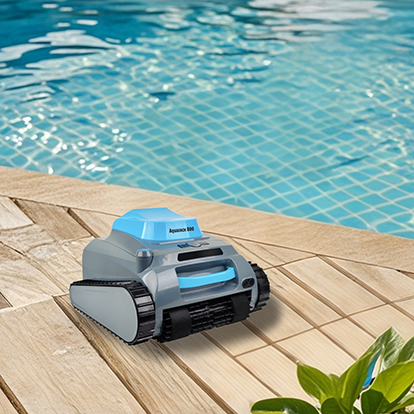
Preventive Maintenance Tips
Keeping your robotic pool cleaner in top shape doesn’t have to be complicated. A little preventive care goes a long way in avoiding climbing issues and extending the life of your device. Here’s how you can stay ahead of potential problems.
Regular Cleaning of Tracks, Brushes, and Filters
Dirty tracks, brushes, and filters can slow down your cleaner and reduce its climbing ability. Make it a habit to clean these parts after every use. Use a soft brush or cloth to remove dirt, algae, and debris from the tracks and brushes. For filters, rinse them under running water to clear out any buildup.
Tip: Set a reminder on your phone to clean your cleaner’s components weekly. This small step keeps your device running smoothly.
Proper Storage When Not in Use
Storing your robotic cleaner properly prevents unnecessary wear and tear. Keep it in a cool, dry place away from direct sunlight. Avoid leaving it in the pool for extended periods when not in use, as this can damage its parts.
Pro Tip: Use the storage caddy or case provided by the manufacturer to protect your cleaner from dust and moisture.
Routine Inspections for Wear and Tear
Inspect your cleaner regularly for signs of damage. Check the tracks for cracks, brushes for fraying, and filters for clogging. Catching these issues early saves you from costly repairs later.
Did you know? A quick inspection before each use can help you spot problems before they affect performance.
Follow Manufacturer Guidelines for Usage
Every robotic cleaner comes with specific instructions for use. Follow the manufacturer’s guidelines to avoid misuse. Overloading the cleaner or using it on incompatible surfaces can lead to climbing issues.
Reminder: Keep the user manual handy for quick reference. It’s your go-to guide for troubleshooting and maintenance.
Monitor Pool Chemistry to Minimize Debris
Balanced pool chemistry reduces debris buildup, making it easier for your cleaner to do its job. Test your pool water regularly and adjust the chemical levels as needed. This keeps algae and dirt from accumulating on the pool walls.
Quick Tip: Use a pool testing kit to check pH and chlorine levels weekly. A clean pool means less work for your robotic cleaner.
By following these preventive maintenance tips, you’ll keep your robotic pool cleaner performing at its best. A little effort now saves you time and money later!
Fixing climbing issues in robotic pool cleaners starts with identifying the cause—whether it’s debris, worn parts, or weak suction. Regular maintenance keeps your cleaner running smoothly and prevents future problems.
Reminder: Don’t hesitate to consult a professional if troubleshooting doesn’t work. A clean pool is worth the effort!
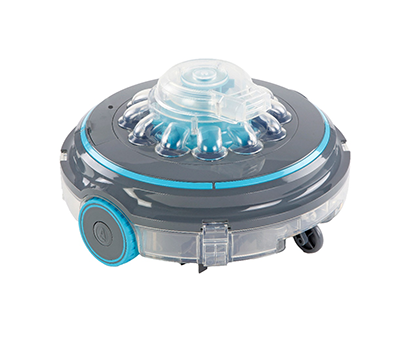
FAQ
What should I do if my robotic pool cleaner keeps sliding down walls?
Check for debris in the tracks or wheels. Clean them thoroughly. If the issue persists, inspect the brushes and replace them if worn.
Tip: Regular cleaning prevents debris buildup and improves climbing performance.
How often should I clean the filters in my robotic pool cleaner?
Clean the filters after every use. This keeps suction power strong and ensures your cleaner performs well on walls and slopes.
Reminder: A clean filter means better climbing ability!
Can I use my robotic pool cleaner on any pool surface?
Not all cleaners work on every surface. Check the manufacturer’s specifications to ensure compatibility with your pool’s material, like tiles or concrete.
Pro Tip: Look for models designed for steep slopes or unique surfaces.

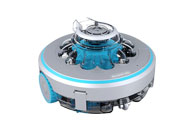 Robotic Pool Cleaner
Robotic Pool Cleaner 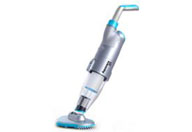 Portable Pool Vacuum Cleaner
Portable Pool Vacuum Cleaner 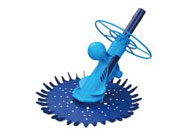 Automatic Pool Cleaner
Automatic Pool Cleaner 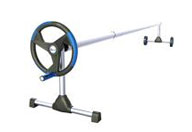 Pool Cover Reel
Pool Cover Reel 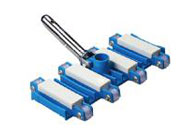 Pool Cleaning Accessories
Pool Cleaning Accessories 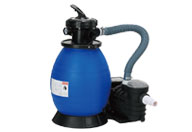 Pool Filter Pump
Pool Filter Pump 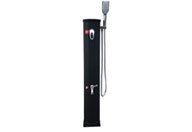 Pool Solar Shower
Pool Solar Shower 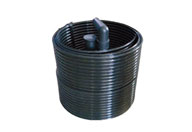 Pool Solar Collector
Pool Solar Collector 